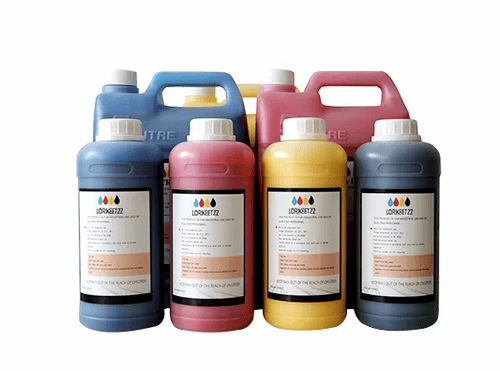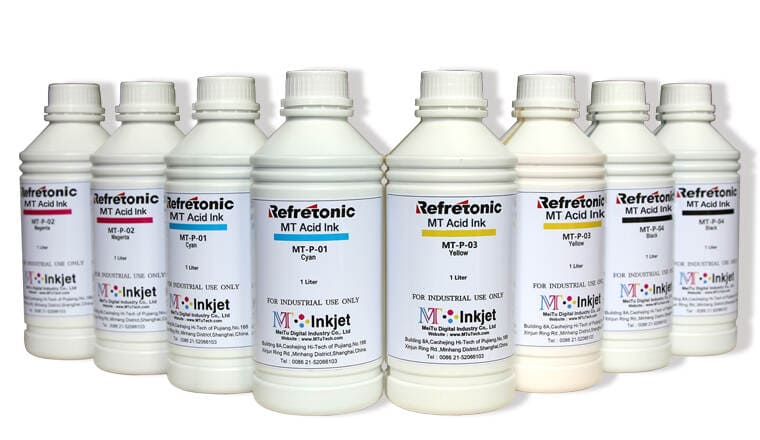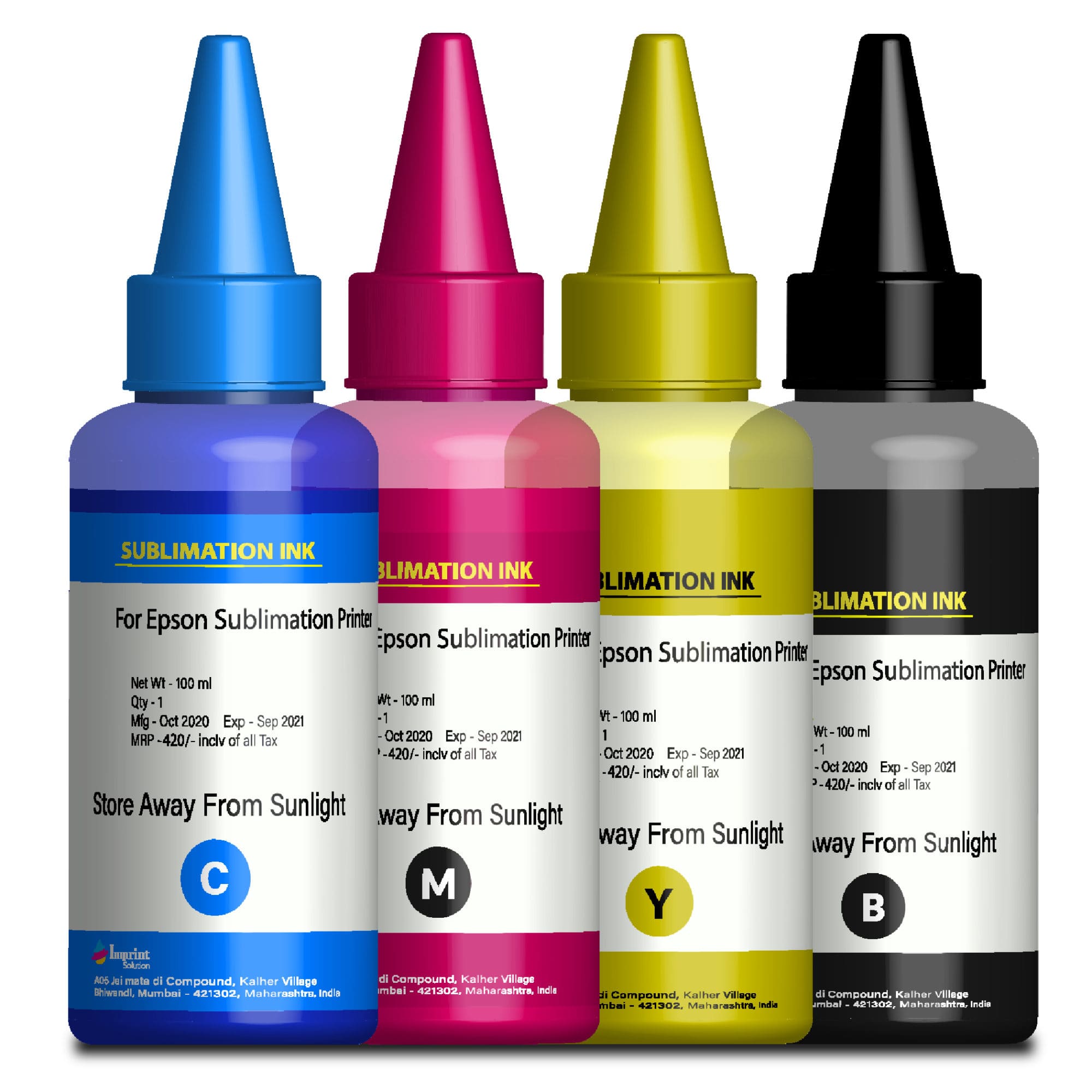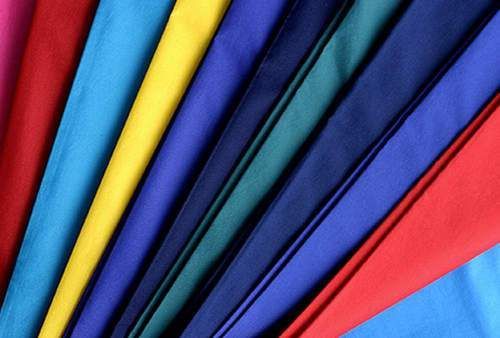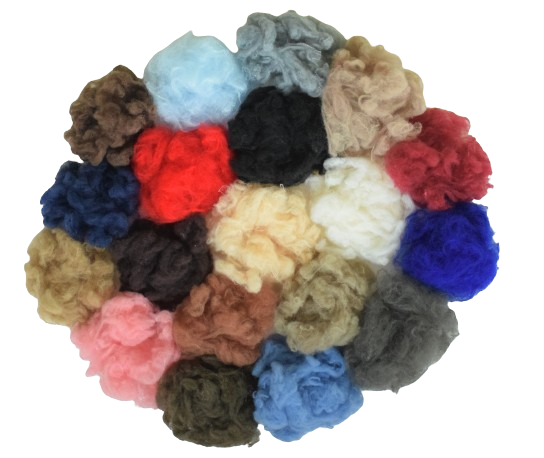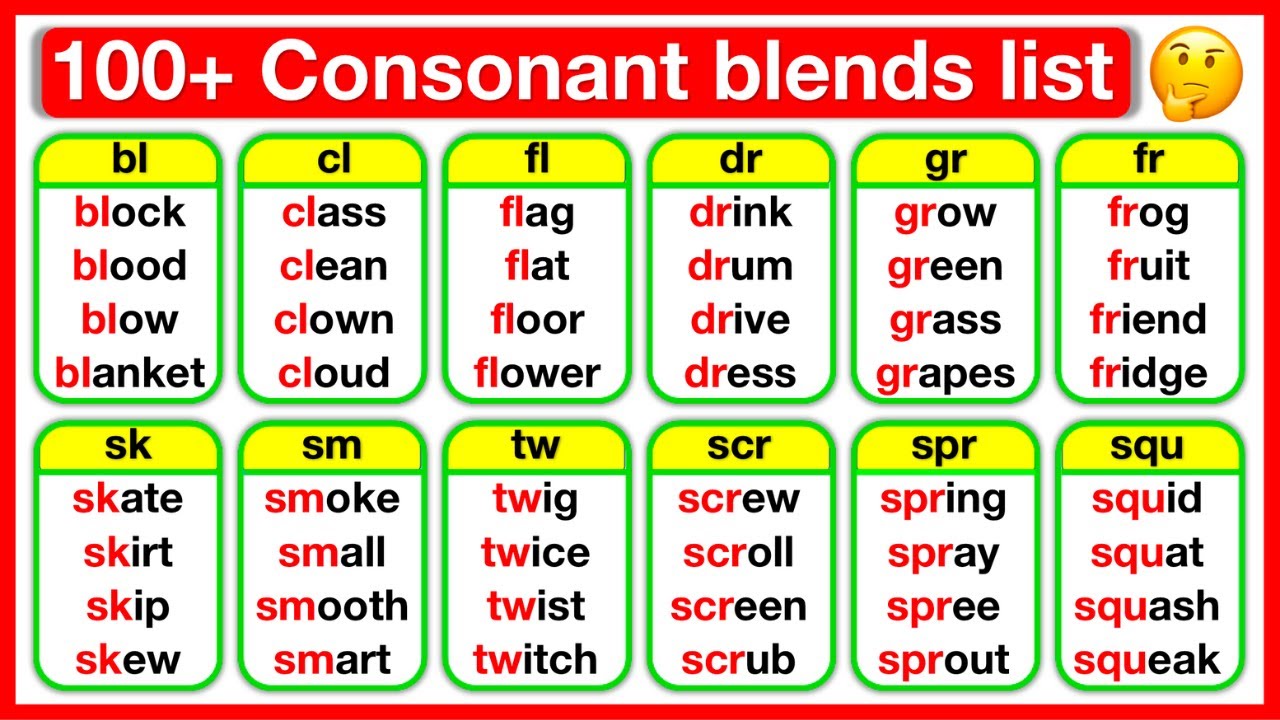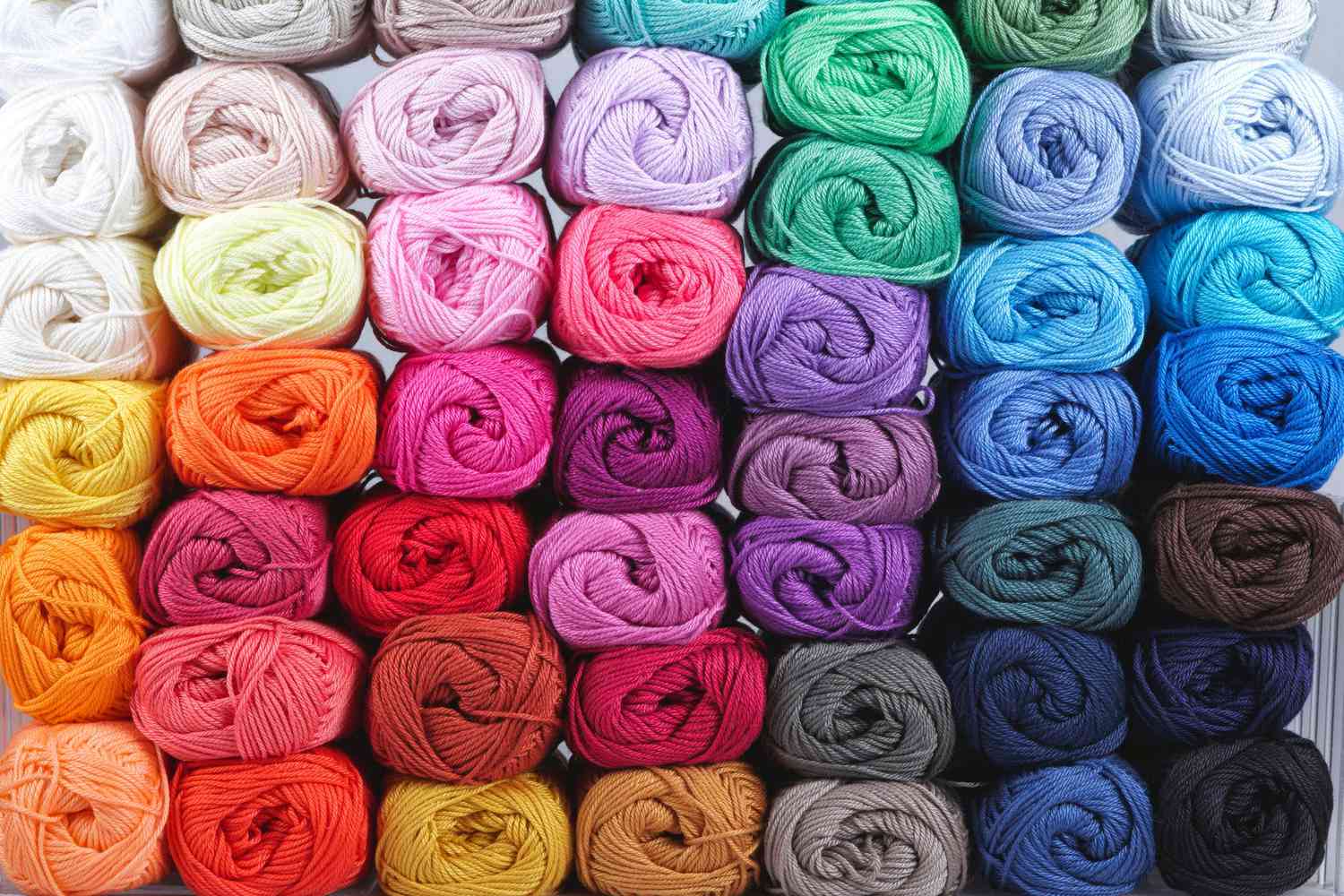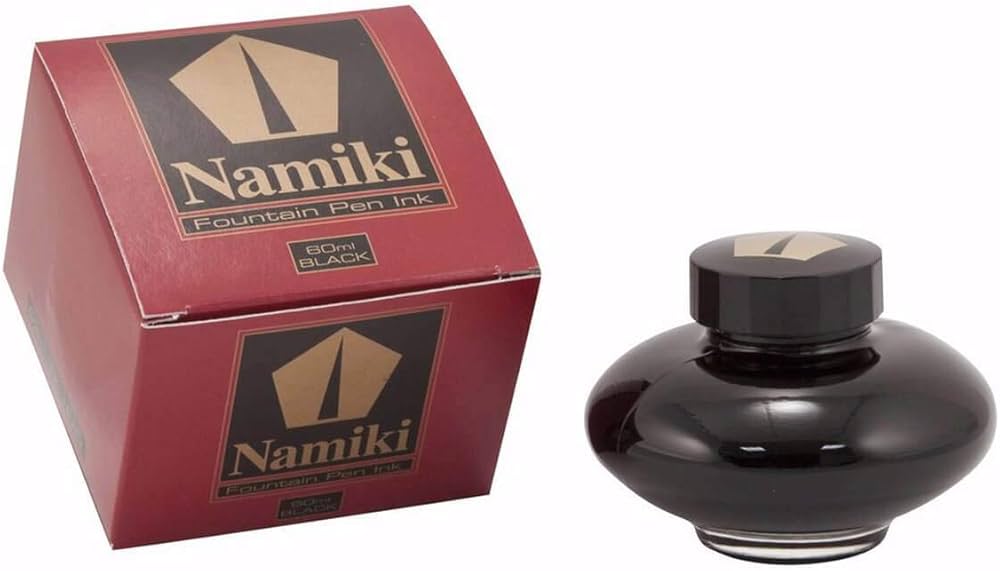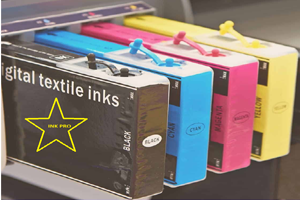-
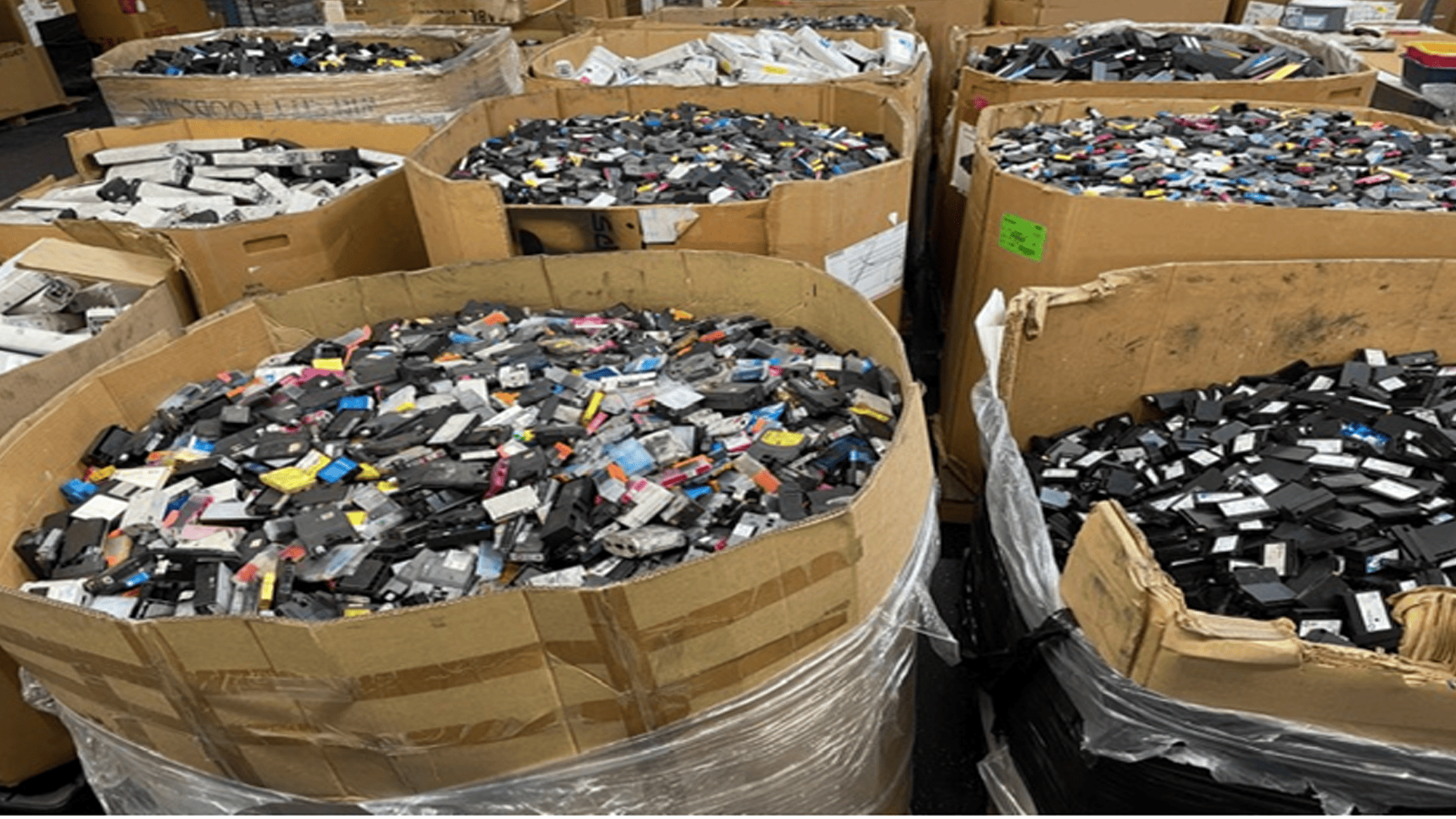 Ink Pro Recycling
Ink Pro Recycling
has focused on R&DProduction of textile and dye inks in India.Contact Us -
 Founded in 2019 In MumbaiInk Pro Recycling is a national high-tech enterprise focusing on the research and development.Contact Us
Founded in 2019 In MumbaiInk Pro Recycling is a national high-tech enterprise focusing on the research and development.Contact Us -
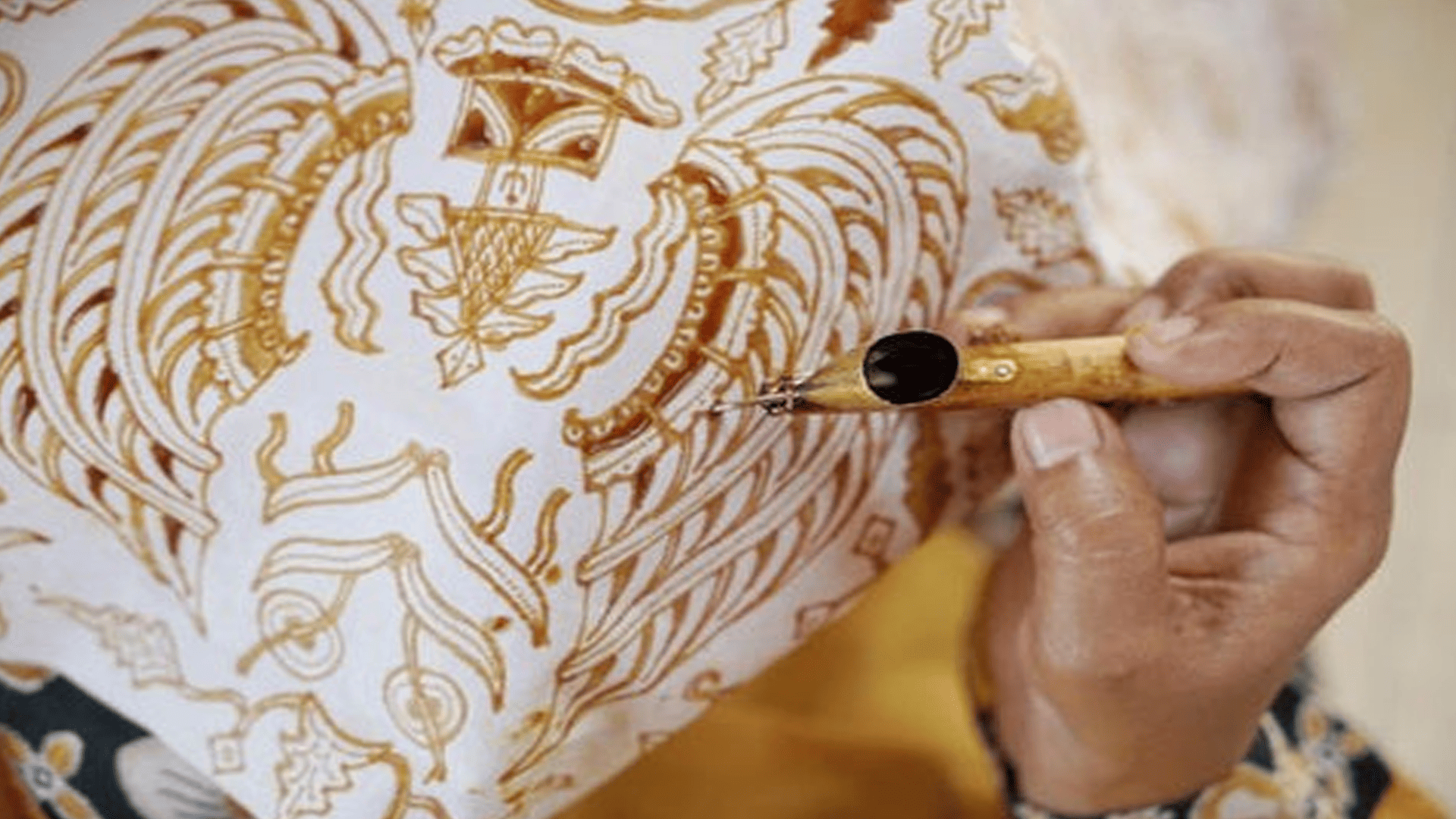 Entrepreneurship DreamPrinting everything except air and water.Contact Us
Entrepreneurship DreamPrinting everything except air and water.Contact Us -
 Vision and
Vision and
MissionCreating a new digital life for mankind.Contact Us





